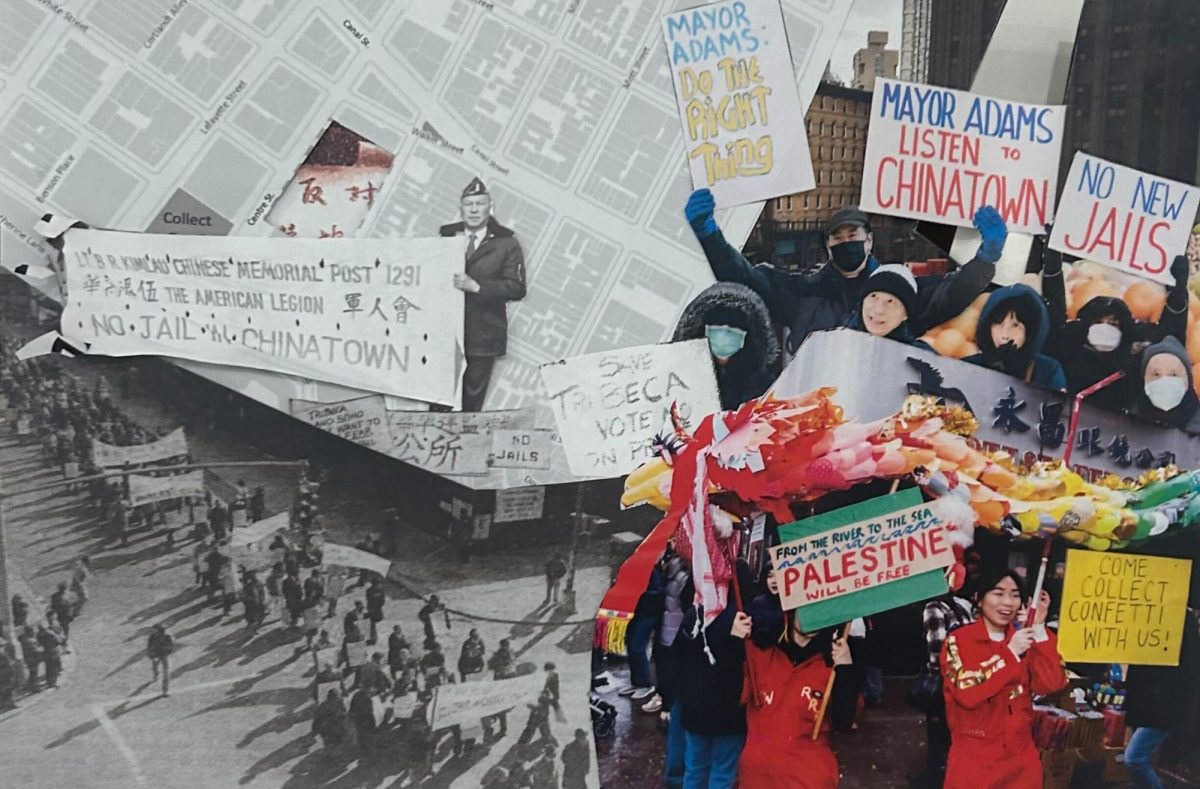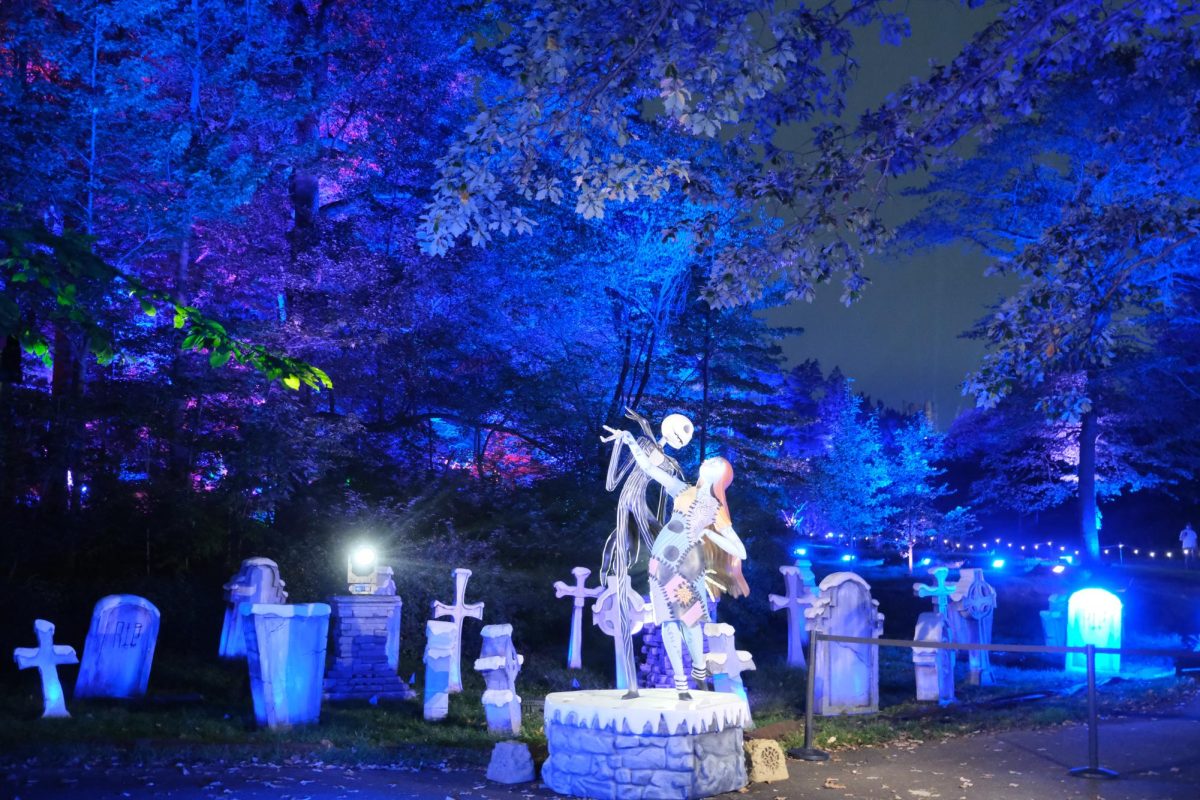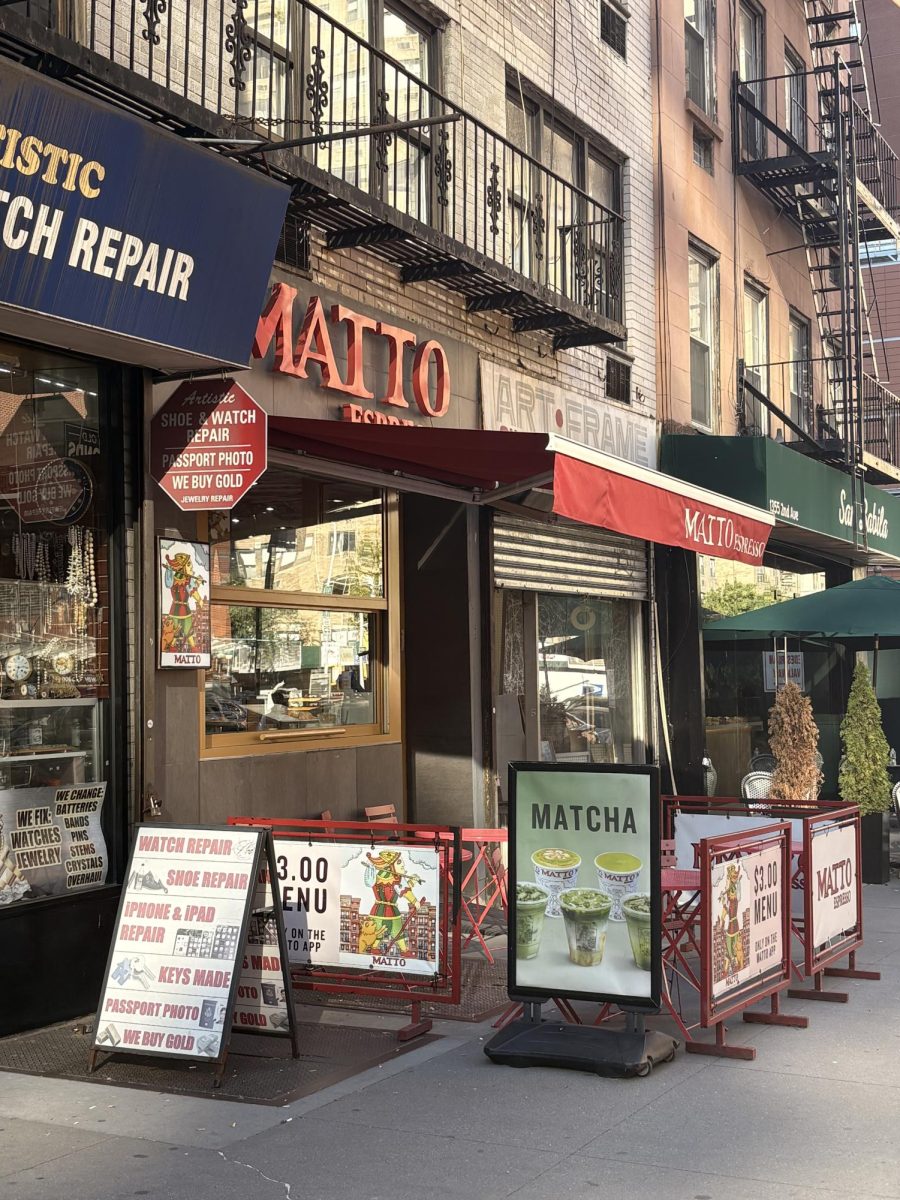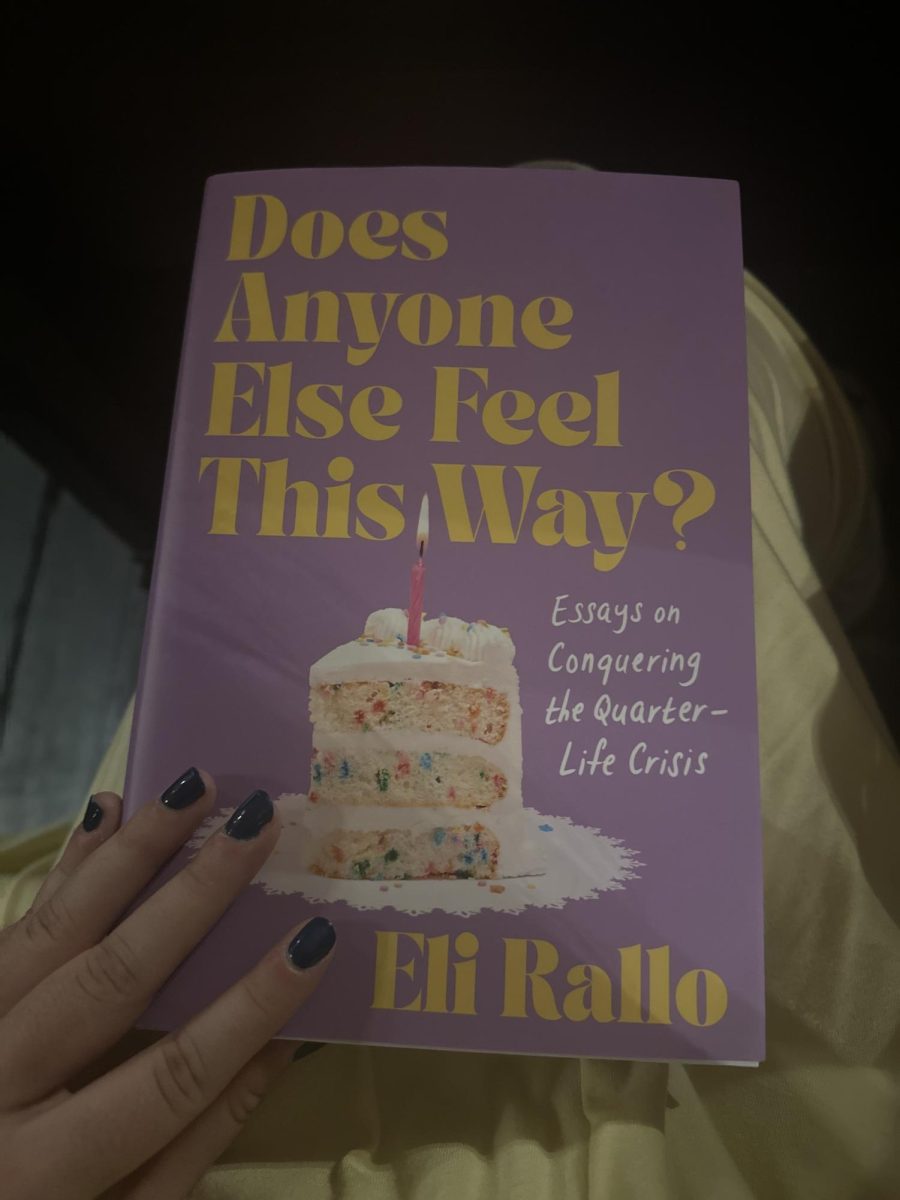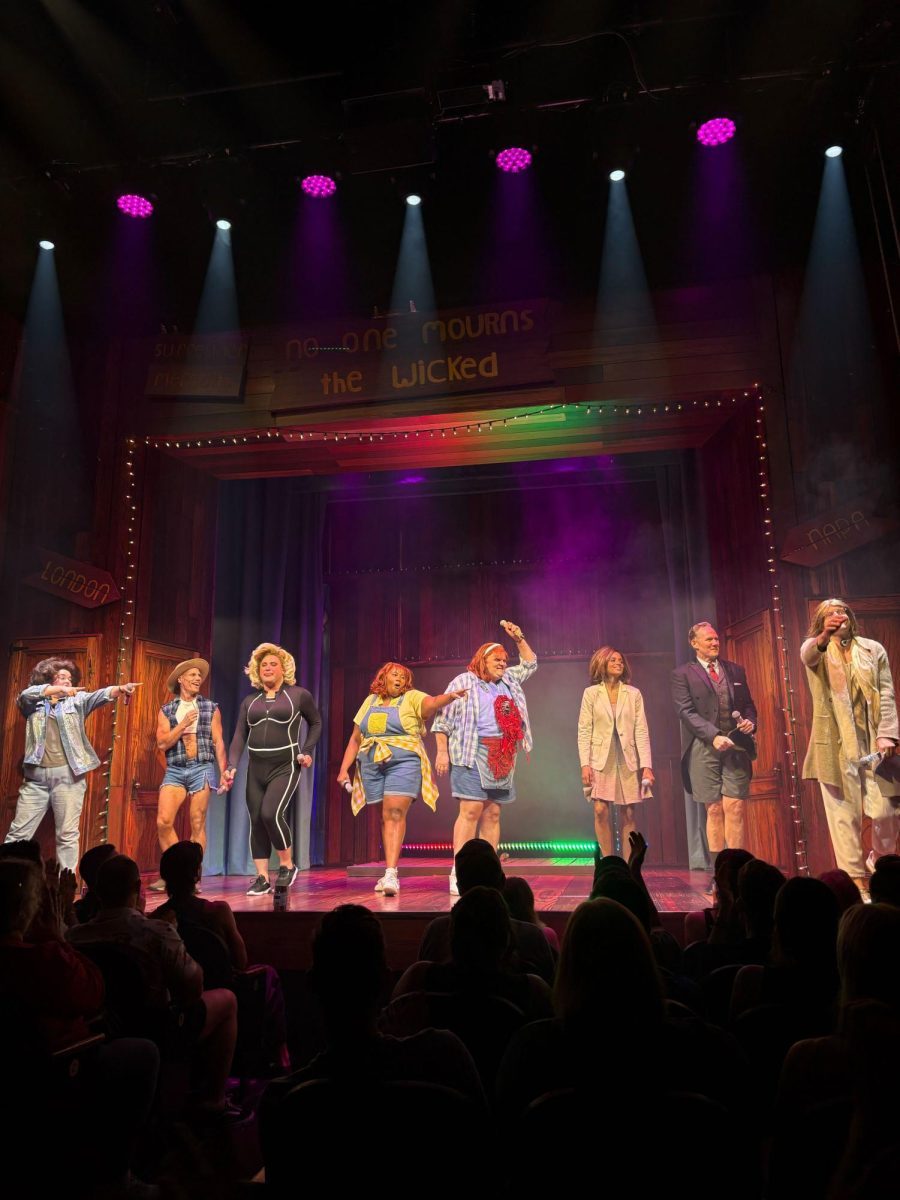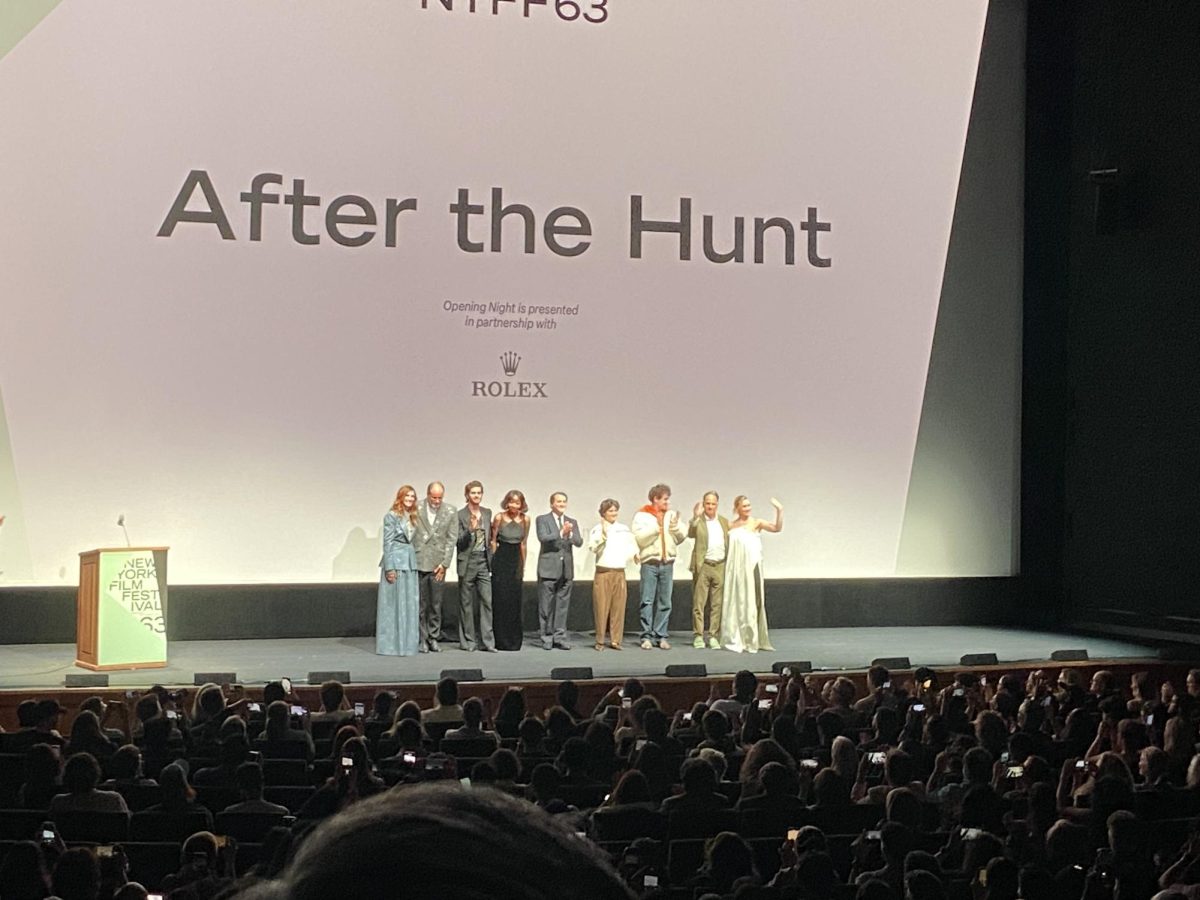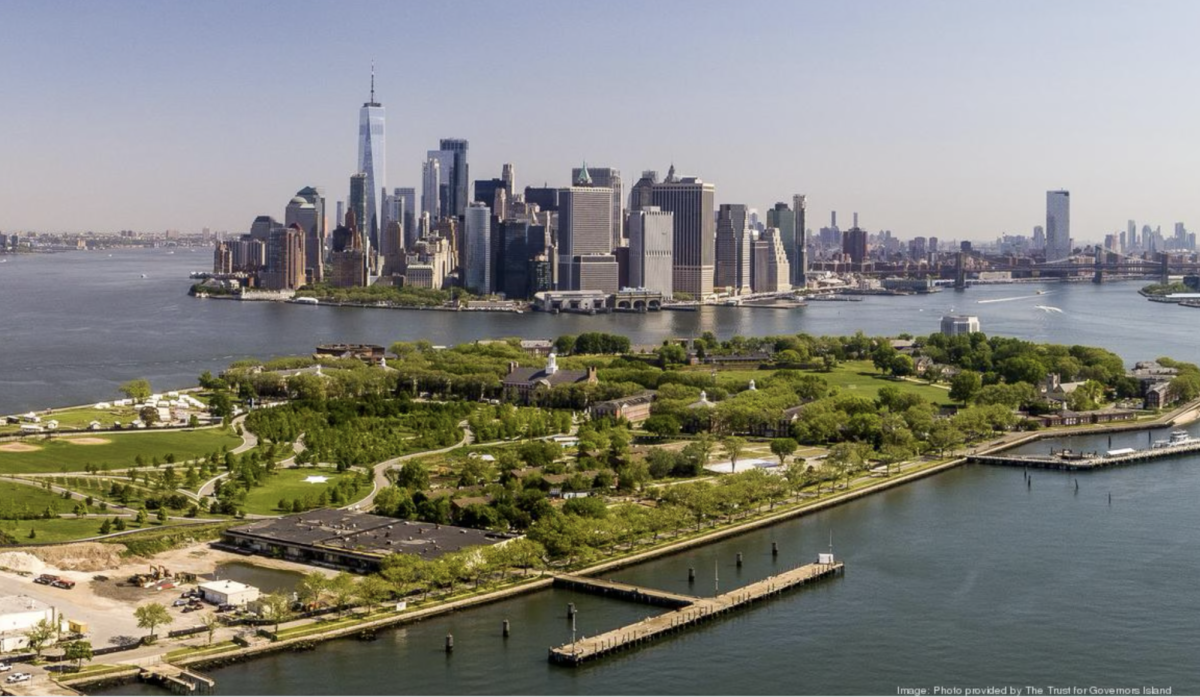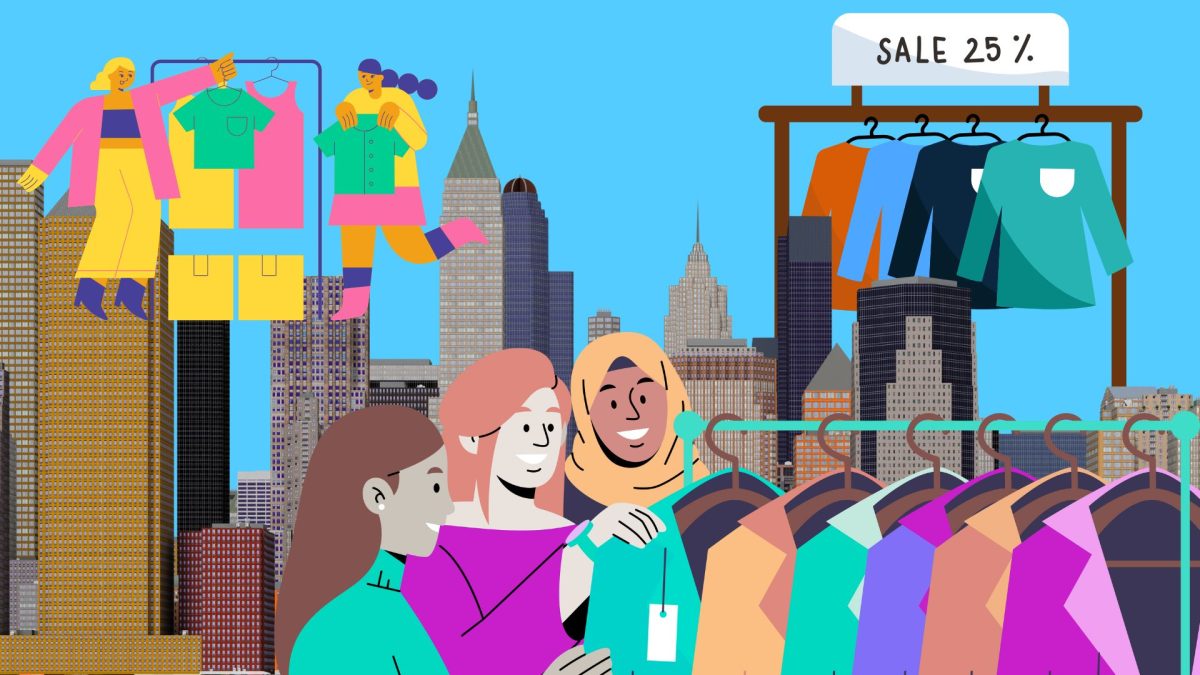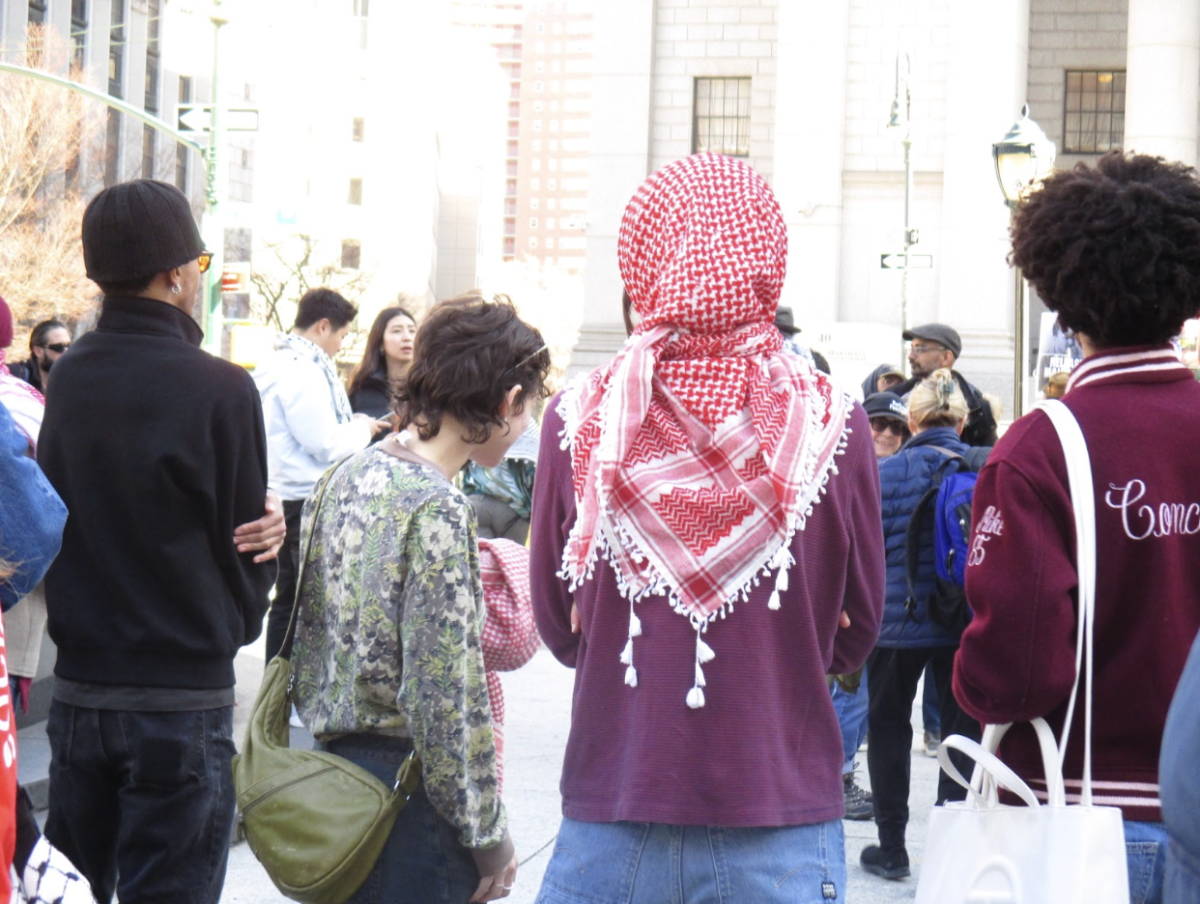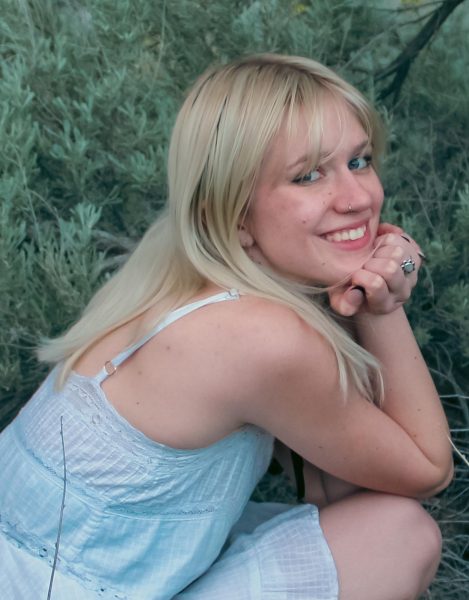Past the crowds of shoppers and sellers on Canal St. is a small space, seemingly blending in with its setting, but upon closer inspection, plastered with emphatic words of demand. A sharp contrast is evident between the walls here and the walls full of menus on the surrounding restaurants.
“Protect our elders!” and “NO NEW JAILS” are two demands repeated within the Chinatown Art Brigades September exhibit.
The organization describes itself as “an intergenerational collective driven by the fundamental belief that our cultural, material, and aesthetic modes of production have the power to advance social change.” The Chinatown Art Brigade otherwise known as CAB is made up of various creators of art across mediums who are Asian-American or Asian diasporic. CAB looks at the historic roots of Asians in New York City and the settling of many in what is now one of the world’s largest Chinatowns. As of 2021, New York City is home to over 1.2 million Asians.
The formation of ethnic centers in major cities is not something unique to NYC. Across America and the world Chinatowns exist. These Asian-Ethnic Enclaves are most often found in port cities. Look to San Francisco which has not only one of the largest Chinatowns but also the first Japantown. Upon arrival from abroad, immigrants assembled in designated areas to foster a sense of community and belonging. As a result of this preserved culture, enclaves were born in the middle of major urban areas.
However, the role of racial segregation in the creation of Chinatowns is also apparent. Besides the sense of community that comes from being around people with shared experiences, culture, and language, Chinatowns were in part created by the push for segregation of non-white ethnicities.
When settling in the late 19th century, PBS cites “the Chinese were prohibited by law to testify in court, to own property, to vote, to have families join them, to marry non-Chinese, and to work in institutional agencies.” So, with nowhere else to go, Chinatowns had to be born.
Now, CAB seeks to protect this sacred community that has been an essential building block of New York City for two centuries. Despite the community maintaining autonomy from the city’s economy, having its own set of landlords and independent prices for goods, things are changing. With the expansion of the city has come rapid gentrification.
CAB explains, ”Since 9/11, Chinatown has seen the loss of more than 600 garment factories and over 15,000 housing units for low-income families. Over 20% of its Chinese population has been forced to relocate with a 30% rise in luxury housing.” The rest of the city is creeping into Chinatown, looking for ways to co-op property that longtime residents of Chinatown rely on for either economic stability, housing, or both. One of the newest and most damaging developments in Chinatown is the construction of a $2.3 billion jail that will take over the record as the biggest in the world. The high funding involved in the project seems to mock the thousands in poverty below.
Not only will the jail create a literal shadow over buildings in Chinatown, but it will create a shadow of unease on the residents of the neighborhood. With the building of a jail comes increased police surveillance of the area, ultimately targeting minorities as it has in the past. According to lawyer Raymond Magsaysay Between 1999 and 2004, the AAPI prison population surged by 30 percent.
On Monday the 23rd of September CAB hosted a Climate Week Opening Ceremony. However, the walls were not just lined with demands of liberation for Asian Americans but for all minorities. Inside of a Chinese Dragon Dance costume hangs a Palestinian flag. Besides the costume is an explanation:
“Asians, like Palestinians, have endured colonialism, displacement, and the struggle for sovereignty, creating a shared history of resistance and survival.” It continues, “As Asians, standing with Palestine reaffirms our own historical struggles for freedom and justice, as injustice anywhere threatens justice everywhere.” In their own way, CAB is, like MLK Jr. when he wrote this quote in his Letter from Birmingham Jail, writing from a jail. “The Tombs,” the given name for the Chinatown jail, will be built on the other side of the wall of the CAB building. The explanation ends with “We are not here to Free Palestine, the struggle for Palestine will FREE US ALL.”
For the opening ceremony, CAB brought together leaders from around the globe and across cultures. Despite the room being small, 20 people at max, the presence of each person was felt .
The speaker of the ceremony was an Indigenous Mayan elder named Carmen. As she spoke in her native language, she told the story of her connection to water. How the water is sacred, it is life. How the earth is mother. She went on to describe how we, humans, are 70% water. When the water is polluted, our bodies are polluted and our heart is polluted.
She began to discuss the relationship between humans and the world around them. “I have two promises. One: we believe we are the center of the Universe and two: we live in a state of crisis.” Continuing she explained that people still carry with them the “law of the strongest primate.” She believes that there is somewhat of an inherent human trait of selfishness, and with this comes harm to others.
As she closes the ceremony she offers a final piece of wisdom “We are all victims. By being a victim you give power to others.” She begins burning Palo Santo next to the last two candles on the plate. As the smoke rises she adds. “You must say, “so what.”” Though the world has been unfair and will continue to be unfair, Carmen offers the advice that we must not let it pollute us.
Before the group dissipated, everyone went in a circle to describe their intentions behind attending the ceremony. One testimony that stood out was from an Ecuadorian woman. She had traveled through the rainforest to a town and through there to a city in which she could fly to NY, all with the intention of spreading a message regarding her home. Her home has faced destruction for decades and is now on fire.
Though she is from Ecuador, she lives with a small tribe deep in the Amazon Rainforest. She described it, “There is no supermarket. We just fish and collect food from nature.” Her description detailed this lifestyle, and unfortunately how it is ending.
“We’ve gone over five days without food. I’m worried about the future of the children.” Her anecdote helped contextualize how deforestation and climate change is actively disrupting the lives of people around the world. This woman fears her heritage will come to an end with her generation, and that centuries of culture will be gone in the next few years because of the growing fires.
As the intentions died out and the smoke faded away, people too began leaving. The Chinatown Art Brigade, though about the people of Chinatown, is not just about the injustice of the locals. CAB brought together people from around the globe who are experiencing injustices to speak and uplift each other. Although the “Borough Based Liberation Project,” the current installation, has come to an end, the Chinatown Art Brigade has been around since 2015 and seems here to stay.
| Addition:
As I was at the event eating my empanada, I overheard a British man discussing with a woman what the project was about. He noted that he brought his camera because he was a photojournalist and stumbled upon the event. Naturally, I approached him afterward and asked about his work. His name is Tom Lewenden and he is one of the few Western journalists to have stepped foot in Gaza since the conflict began in October of 2023. His work captures both the horror and hope of the children of Gaza and showcases the reality of genocide. He stayed with victims of violence in Al-Aqsa Hospital. |
Asian Americans and Pacific Islanders and the Prison Industrial Complex

